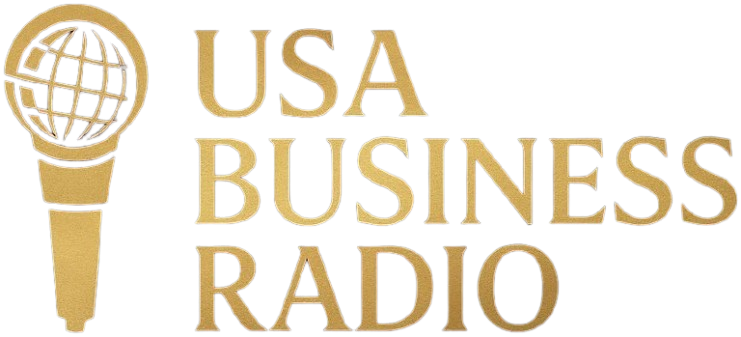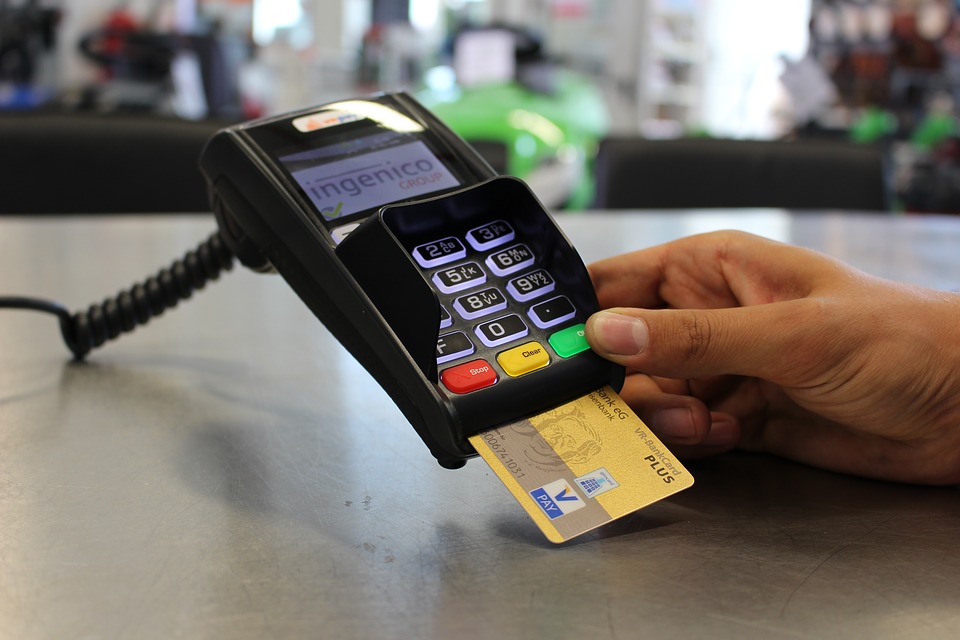By The Harris Poll, Special for USABR
As April marks the annual celebration of National Financial Literacy Month, which serves to raise awareness of financial education and the consequences of mismanaging personal funds, there seems no better time than now to discuss how Americans use and view their credit cards. When it comes to obtaining a credit card, there are no shortage of options for the average American, and they’re certainly taking advantage of them. Eight in 10 adults say they use or own a credit card, with cardholders using nearly 3 cards on average (2.9 cards). With new perks and sign-up deals coming out every day, there are a lot of factors to consider when selecting a new card. This also indicates there are near limitless options to change cards if you’re feeling less than satisfied, which may be the case for many cardholders as around 6 in 10 say their primary card is not completely delivering on its promises (61%).
“In this highly penetrated and competitive industry, a company cannot afford to under-deliver. Consumers are inundated with offers from competitors who are eager to take a precious slot in their wallets. Issuers need to make promises they can keep, and stay ahead of consumer sentiment to stem off attrition and maximize loyalty,” says Alison Bushell, client director at The Harris Poll.

These are some of the results of The Harris Poll® of 2,037 U.S. adults aged 18+ surveyed online between November 2 and 4, 2016. Complete results of the study can be found here.
To see other recent Harris Polls, please visit our website, TheHarrisPoll.com.
Want Harris Polls delivered direct to your inbox? Click here!
Methodology
This Harris Poll was conducted online, in English, within the United States between November 2 and 4, 2016 among 2,037 adults aged 18+. Figures for age, sex, race/ethnicity, education, region and household income were weighted where necessary to bring them into line with their actual proportions in the population. Propensity score weighting was also used to adjust for respondents’ propensity to be online.
All sample surveys and polls, whether or not they use probability sampling, are subject to multiple sources of error which are most often not possible to quantify or estimate, including sampling error, coverage error, error associated with nonresponse, error associated with question wording and response options, and post-survey weighting and adjustments. Therefore, The Harris Poll avoids the words “margin of error” as they are misleading. All that can be calculated are different possible sampling errors with different probabilities for pure, unweighted, random samples with 100% response rates. These are only theoretical because no published polls come close to this ideal.
Respondents for this survey were selected from among those who have agreed to participate in Harris Poll surveys. The data have been weighted to reflect the composition of the adult population. Because the sample is based on those who agreed to participate in our panel, no estimates of theoretical sampling error can be calculated.
These statements conform to the principles of disclosure of the National Council on Public Polls.
The results of this Harris Poll may not be used in advertising, marketing or promotion without the prior written permission of The Harris Poll.
Product and brand names are trademarks or registered trademarks of their respective owners.
SOURCE The Harris Poll




